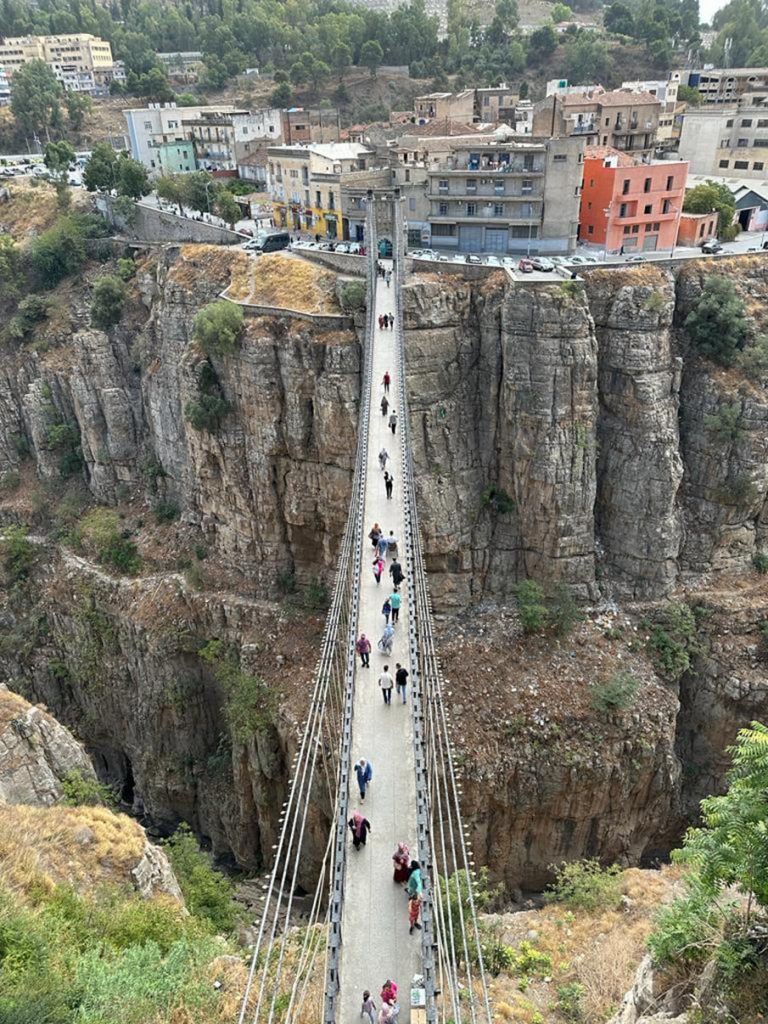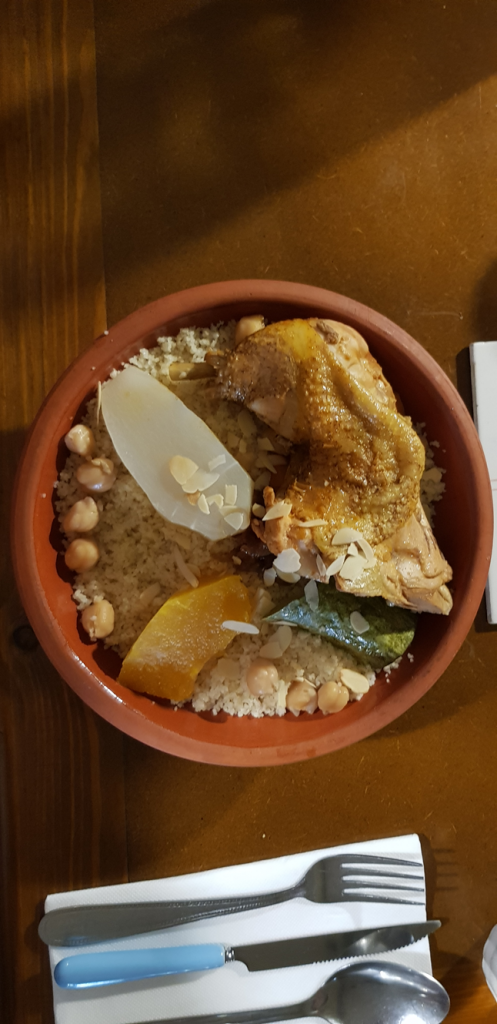by Andy Khong
Nestled in North Africa, Algeria is a nation that boasts a diverse and captivating history, a vibrant cultural tapestry, and breath-taking natural landscapes. This North African gem beckons travellers with its intriguing past, a blend of Berber, Arab, French, and Islamic influences, and a wealth of tourist destinations that will leave you spellbound.
Background of Algeria:
Ancient Roots: Algeria’s history stretches back millennia. It was once home to Berber tribes and was influenced by Phoenician and Carthaginian settlements. The Romans left their mark, with the exceptionally preserved Roman town of Timgad standing as a testament to their presence.
Arab and Islamic Heritage: In the 7th century, Arab Muslims introduced Islam and the Arabic language, shaping Algeria’s identity as part of the Islamic world.
Ottoman Rule: The 16th century witnessed Ottoman control, marking an era of significant Ottoman influence. Algiers, the capital, became a renowned pirate stronghold during this time.
French Colonization and Independence: The 19th century brought French colonization, leading to a protracted war of independence from 1954 to 1962. Algeria finally achieved independence on 3rd July, 1962.
Modern Algeria: Today, Algeria stands as the largest country in Africa, known for its diverse landscape, rich cultural heritage, and active participation in the African Union and the Arab League.
Captivating Cities and Regions:
Algiers: The capital city of Algiers is a dynamic metropolis where French and Arabic architecture coexist. Explore the Kasbah of Algiers, a UNESCO World Heritage Site, and enjoy a bustling Medina, beautiful beaches, and a lively cultural scene.



Timgad: Timgad, the “Pompeii of North Africa,” features exceptionally well-preserved Roman ruins, including a theatre, temples, arches, and baths. It offers a remarkable journey into the past.

Ghardaia: Located in the M’zab Valley oasis, Ghardaia boasts unique mud-brick architecture and a glimpse into traditional Berber life. Explore this hidden gem of the Sahara Desert.

Constantine: Known as the “City of Bridges,” Constantine is a city perched on cliffs overlooking the Rhumel River. It is famous for its dramatic landscapes, ancient bridges, and historical significance.


Tlemcen: Tlemcen, the “City of Saints,” offers Islamic architecture, historical sites, and a vibrant culture, including the Great Mosque and Andalusian Gardens.

Annaba: Annaba is a coastal city with a rich Roman history, including the Basilica of Saint Augustine, and stunning Mediterranean beaches.

Tamanrasset: Situated in the Hoggar Mountains, Tamanrasset serves as a gateway to the Sahara Desert, offering trekking opportunities and unique dome-shaped architecture.

Cherchell: Cherchell is a coastal town known for its ancient Roman ruins, including a Roman theatre and archaeological museum. It offers a glimpse into Algeria’s Roman past and Mediterranean charm.

Tipaza: Tipaza is a coastal town in Algeria, renowned for its ancient Roman ruins and picturesque Mediterranean beaches.


Taghit: Taghit, nestled in the Sahara Desert, invites you to explore its stunning sand dunes, relax in natural hot springs, and embark on desert adventures. It’s a tranquil oasis in the heart of the desert.

Djemila: Djemila, also known as Cuicul, is a UNESCO World Heritage Site renowned for its exceptionally well-preserved Roman ruins. Explore the ancient city with its theatre, temples, arches, and mosaics, offering a glimpse into Roman North Africa.


Why Visit Algeria:
Algeria is a destination that weaves together history, culture, and natural beauty like few others. Here’s why you should consider visiting:
Cultural Diversity: Experience the unique blend of Berber, Arab, French, and Islamic cultures that have shaped Algeria’s identity.
Historical Treasures: From ancient Roman ruins in Timgad to Islamic architecture in Tlemcen, Algeria is a treasure trove of historical sites waiting to be explored.
Spectacular Landscapes: Explore the Sahara Desert, the Atlas Mountains, and the Mediterranean coast, offering a diverse range of landscapes to captivate your senses.
Warm Hospitality: Algerians are known for their warm hospitality, ensuring you feel welcome throughout your journey.
Cuisine: Delight in North African cuisine, with dishes like couscous, tagines, and mint tea, a culinary journey in itself.

Adventure Opportunities: Whether you’re into hiking, desert safaris, or uncovering ancient ruins, Algeria offers endless adventure possibilities.
Off the Beaten Path: Algeria is a less touristy destination, allowing you to explore its attractions without the crowds, making it a unique and authentic experience.
Discover Algeria, where history whispers from ancient ruins, the Sahara mesmerizes with its vastness, and diverse cultures merge in harmony. This North African treasure beckons with its authenticity, offering a journey into the past, a celebration of the present, and a promise of unforgettable adventures. Come and explore the many facets of Algeria, and let its beauty and charm capture your heart. Your next great adventure awaits in Algeria.
Read about Tunisia, a country to the north-east of Algeria.
YPT’s up-coming tour of Algeria 13-20 January 2024.





